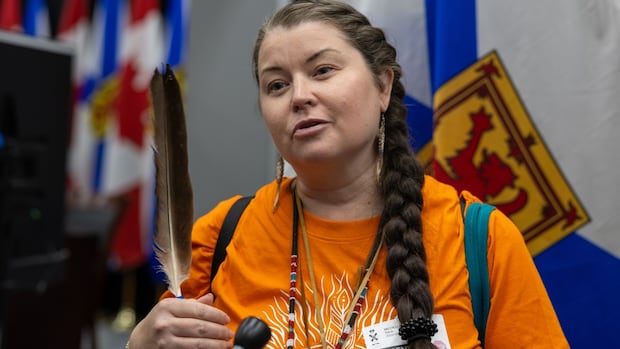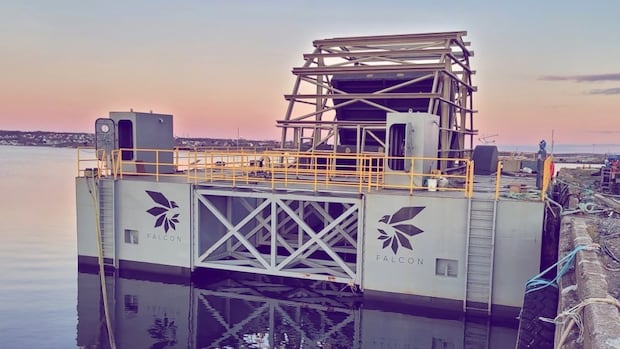Researchers share lessons on science, friendship on Nova Scotia’s wild Sable Island
Sable Island, a narrow crescent-shaped sandbar in the Atlantic Ocean, offers a unique and sometimes startling experience due to its ever-changing landscapes. Home to approximately 450 feral horses, over 20,000 seals, and a variety of seabirds, this remote island is a haven for wildlife, with only about 15 human inhabitants during the peak summer months.
Located about 290 kilometers southeast of Halifax, Sable Island is known for its unpredictable weather patterns. Researchers like Justine Ammendolia, a PhD candidate from Dalhousie University, have spent time on the island studying microplastics. In a recent column for the science journal Nature, Ammendolia and her colleagues Victoria Crozier and Olivia Andres shared their insights on working in this remote and dynamic environment.
Ammendolia recalled a particularly intense storm that hit the island last August, causing significant flooding and transforming the landscape overnight. The island, measuring about 40 kilometers in length and one kilometer at its widest point, experienced a dramatic shift that left the researchers in awe.
Following the storm, the researchers faced challenges as planes were unable to land for several days, disrupting their work. Ammendolia emphasized the vulnerability one feels when surrounded by the forces of nature on Sable Island, where even the smallest changes can have a profound impact.
Crozier, who has studied the island’s feral horse population, highlighted the constant battle with the elements. From strong winds to scorching heat and dense fog, researchers must adapt to the ever-changing weather conditions. Despite these challenges, the researchers have formed a strong bond and supported each other through difficult moments.
Andres added that the diverse group of passionate researchers on the island has fostered a collaborative and inspiring environment. Whether collecting samples, studying wildlife, or exploring the island’s history of shipwrecks, the researchers have found joy in their shared experiences and discoveries.
With its rich biodiversity, rugged landscapes, and unpredictable weather, Sable Island offers a truly unique research environment. The researchers’ shared experiences and camaraderie have made their time on the island both challenging and rewarding, creating memories that will last a lifetime.




